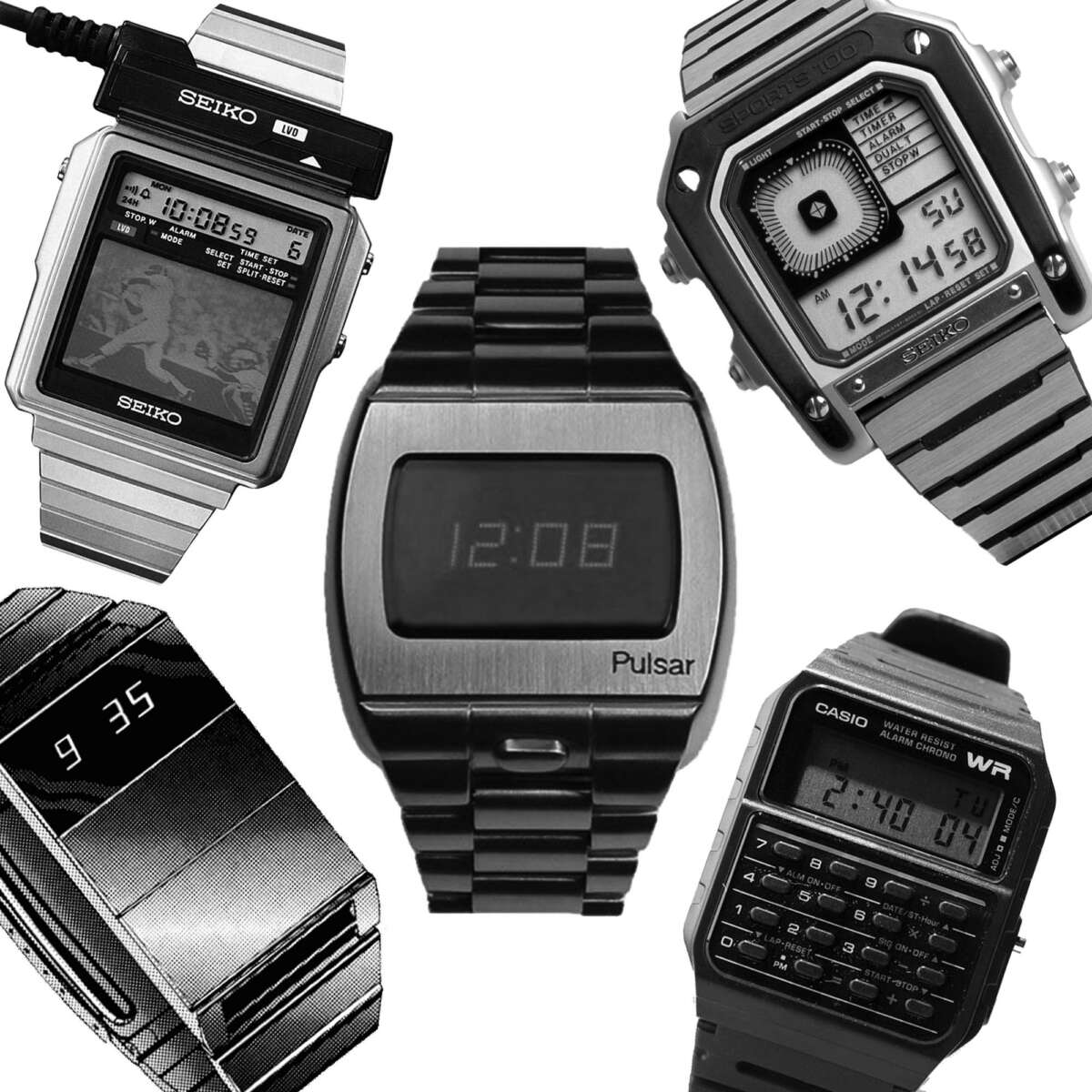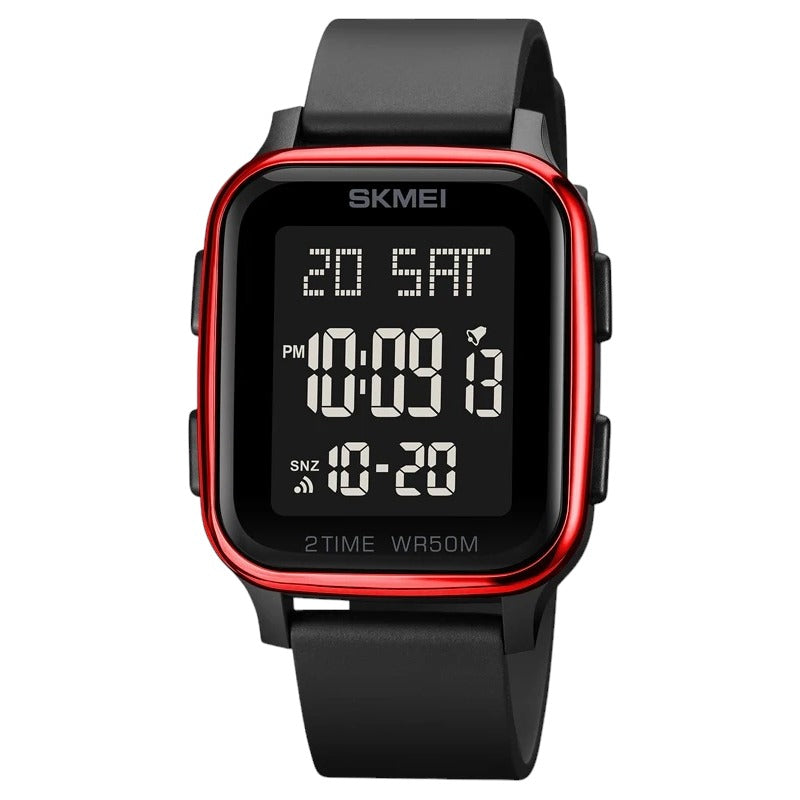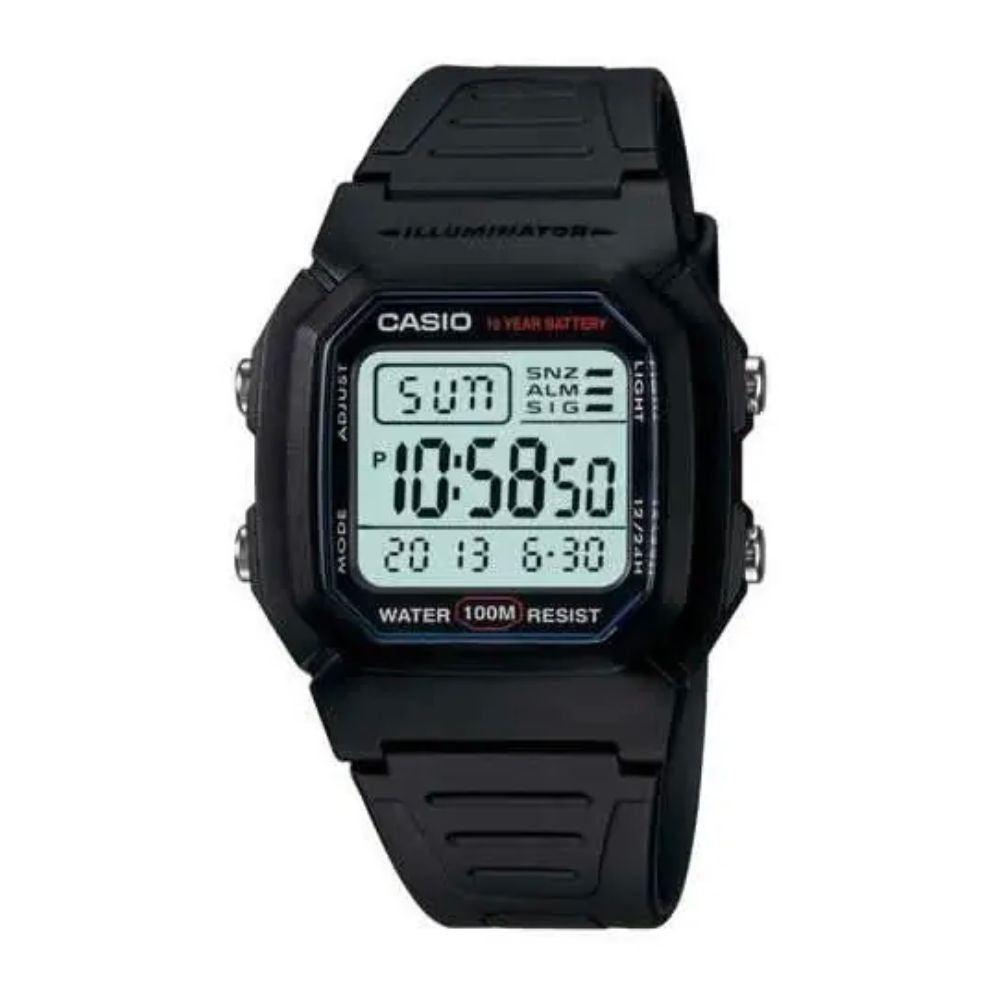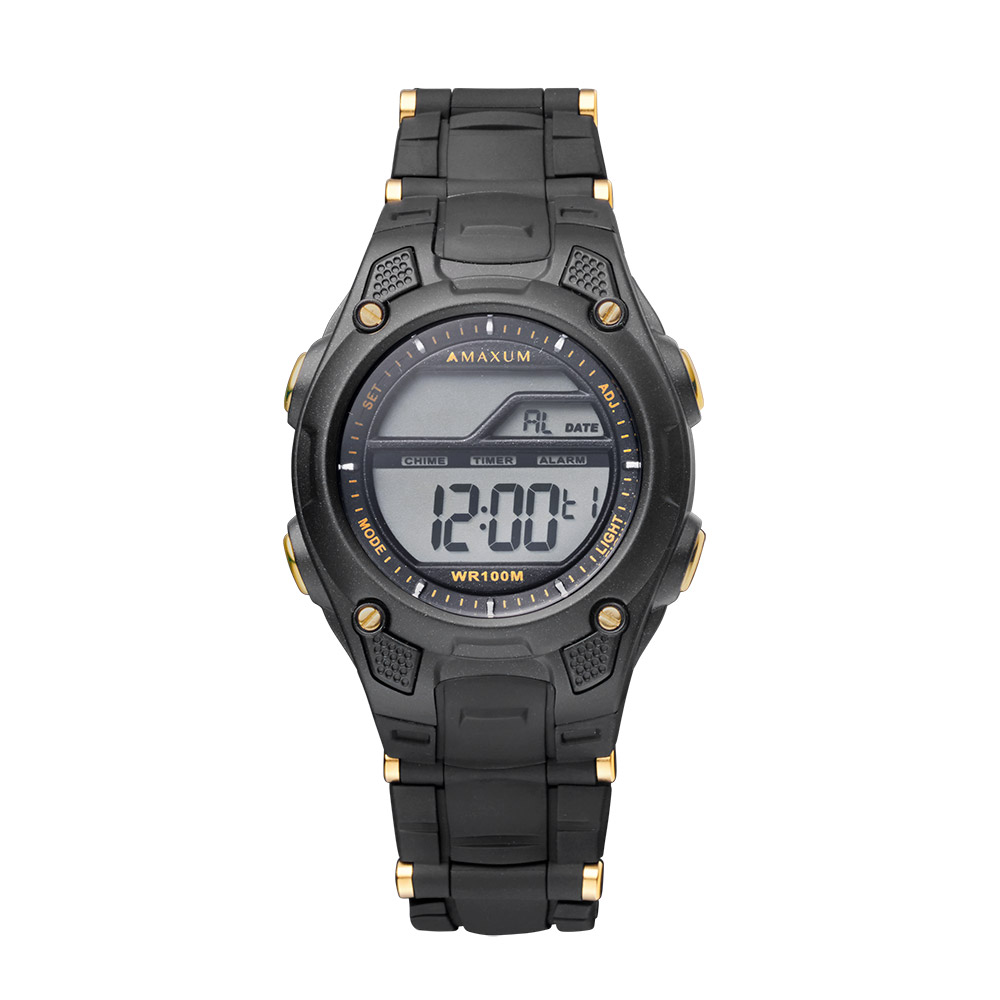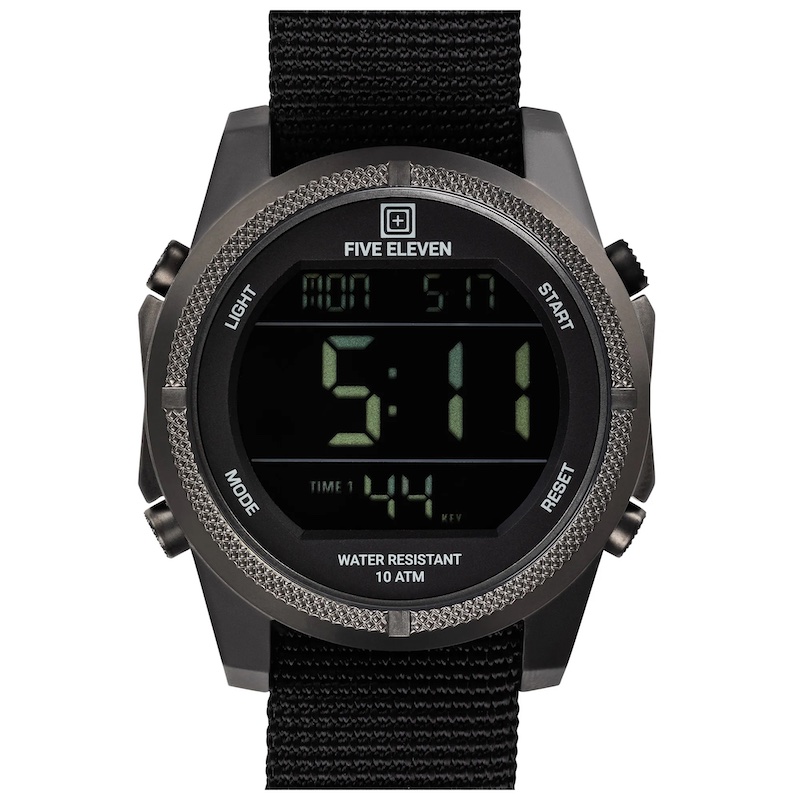Introduction
In today’s fast-paced world, time is of the essence, and what better way to keep track of it than with a digital watch. Over the years, digital watches have evolved from simple timekeeping devices to sophisticated gadgets with a range of features such as alarms, timers, and even fitness tracking capabilities. In this article, we will delve into the history of digital watches, the technology behind them, their various features, and how they have become an essential accessory for both fashion and function.
Part 1: The Early Days of Digital Watches
Level 1: The Invention of the Digital Watch
The concept of a digital watch was first developed in the 1960s, when the technology to display numbers electronically became available. The first digital watch, the Pulsar, was introduced by Hamilton Watch Company in 1972. It featured a red LED display and quickly became a status symbol for the tech-savvy.
Level 2: The Impact of Digital Watches
The introduction of digital watches revolutionized the watch industry, offering a more precise and convenient way to tell time. Instead of traditional analog hands, digital watches used electronic displays to show the time, giving users an accurate and easy-to-read display. This shift in technology paved the way for further advancements in digital watch design and functionality.
Part 2: The Technology Behind Digital Watches
Level 1: Quartz Movements
One of the key technological advancements in digital watches is the use of a quartz movement. Quartz watches utilize the natural frequency of quartz crystals to keep time, providing a more accurate and reliable timekeeping mechanism than traditional mechanical watches.
Level 2: LCD and LED Displays
Early digital watches used LED (Light Emitting Diode) displays, which were bright and easy to read but drained the watch’s battery quickly. Later, LCD (Liquid Crystal Display) technology was introduced, offering a more power-efficient and versatile display option.
Part 3: Features and Functions
Level 1: Alarms and Timers
Digital watches are known for their practical features, such as alarms and timers, that make them ideal for everyday use. Whether it’s waking up in the morning, timing a workout, or setting reminders, digital watches provide convenient solutions for time management.
Level 2: Fitness Tracking and Smart Features
In recent years, digital watches have evolved to incorporate advanced features such as fitness tracking, heart rate monitoring, and smartphone connectivity. Fitness-focused digital watches can track steps, calories burned, and even monitor sleep patterns, providing users with valuable health and wellness insights.
Part 4: Fashion and Style
Level 1: Design and Aesthetics
While digital watches were initially seen as purely functional devices, they have since become a popular fashion accessory. Watchmakers have embraced digital technology to create sleek and stylish designs that appeal to a wide range of consumers.
Level 2: Customization and Personalization
One of the advantages of digital watches is the ability to customize and personalize their displays to suit individual preferences. From interchangeable straps to customizable watch faces, digital watches offer a level of personalization that traditional analog watches cannot match.
Part 5: The Future of Digital Watches
Level 1: Technological Advancements
As technology continues to evolve, so do digital watches. Future advancements may include improved battery life, enhanced display technology, and even more advanced smart features. With the growing demand for wearable technology, digital watches are likely to remain at the forefront of innovation.
Level 2: Sustainability and Environmental Impact
As consumers become more conscious of their environmental footprint, watchmakers are exploring ways to make digital watches more sustainable. This may include using recycled materials, reducing energy consumption, and implementing eco-friendly manufacturing practices.
Part 6: Evolution of Digital Watches
The digital watch has come a long way since its inception in the 1970s. Over the years, there have been many advancements and improvements in digital watch technology. One of the most significant developments in recent years is the introduction of smartwatches. These devices not only tell time but also have a wide range of features such as fitness tracking, GPS navigation, and smartphone connectivity.
Smartwatches have become increasingly popular as they offer the convenience of having multiple functions on your wrist. With the ability to receive notifications, make calls, and track your health and fitness, smartwatches have become an essential accessory for many people. The integration of voice assistants like Siri and Alexa has further expanded the capabilities of smartwatches, allowing users to perform tasks hands-free.
In addition to smartwatches, traditional digital watches have also seen advancements in technology. Many digital watches now come with features such as water resistance, solar charging, and long-lasting batteries. Some models also include built-in sensors for tracking heart rate, altitude, and weather conditions.
With the advancements in digital watch technology, there are now more options than ever before for consumers to choose from. Whether you’re a fitness enthusiast looking for a watch to track your workouts or a tech-savvy individual who wants a smartwatch with all the bells and whistles, there is a digital watch out there to suit your needs.
Part 7: The Future of Digital Watches
As technology continues to advance, the future of digital watches looks promising. One of the key areas of development for digital watches is in the field of health and wellness. Manufacturers are working on incorporating more advanced sensors and tracking capabilities into digital watches to provide users with more comprehensive health and fitness data.
In addition to health features, the future of digital watches may also see advancements in battery life and charging technology. With the increasing demands for longer battery life, manufacturers are researching new materials and technologies to improve the longevity of digital watch batteries. Wireless charging and solar-powered watches are also being explored as potential solutions for improving battery life.
Furthermore, the integration of advanced software and connectivity features is expected to continue to improve in digital watches. As smartwatches become more integrated with smartphones and other devices, users can expect to see more seamless and intuitive experiences with their digital watches.
Overall, the future of digital watches is likely to bring more sophisticated features and capabilities. Whether it’s in the form of advanced health tracking, improved battery life, or enhanced connectivity, digital watches are set to become even more versatile and essential accessories for everyday life.
Part 8: Choosing the Right Digital Watch for You
When it comes to choosing a digital watch, there are a few key factors to consider to ensure you find the right one for your needs. First and foremost, consider the intended use of the watch. If you’re looking for a watch primarily for fitness and health tracking, a smartwatch with advanced sensors and tracking capabilities may be the best option for you. On the other hand, if you’re simply looking for a reliable timepiece with basic features, a traditional digital watch may be more suitable.
Another important factor to consider is the design and style of the watch. Digital watches come in a wide variety of styles, from sleek and modern designs to more rugged and durable options. Consider your personal style and preferences when choosing a digital watch to ensure it not only functions well but also looks good on your wrist.
Finally, consider the features and capabilities of the watch. If you’re interested in advanced features such as GPS, heart rate monitoring, and smartphone connectivity, a smartwatch may be the best choice for you. However, if you’re looking for a more basic and straightforward digital watch, a simpler model may be more suitable.
By considering these factors and doing thorough research, you can find a digital watch that meets your needs and suits your personal style. With the wide variety of options available on the market, there is a digital watch out there for everyone.
Conclusion
Digital watches are available in a wide range of styles, from sleek and minimalist designs to rugged and sporty models. They also come in a variety of materials, including plastic, stainless steel, and even ceramic. This versatility makes digital watches suitable for a wide range of tastes and preferences.
Overall, digital watches are a practical and reliable timekeeping option that offers a range of features and styles to suit the needs of modern consumers. Whether it’s for everyday wear, sports activities, or smartwatch functionality, digital watches continue to be a popular choice for people of all ages.
Digital watches have come a long way since their inception, evolving from simple timekeeping devices to multifunctional gadgets that cater to both fashion and function. With advancements in technology and design, digital watches continue to be a popular choice for consumers looking for convenient, stylish, and reliable timepieces. As we look towards the future, it’s clear that digital watches will remain an integral part of the watch industry, offering innovative solutions for timekeeping and lifestyle management.
